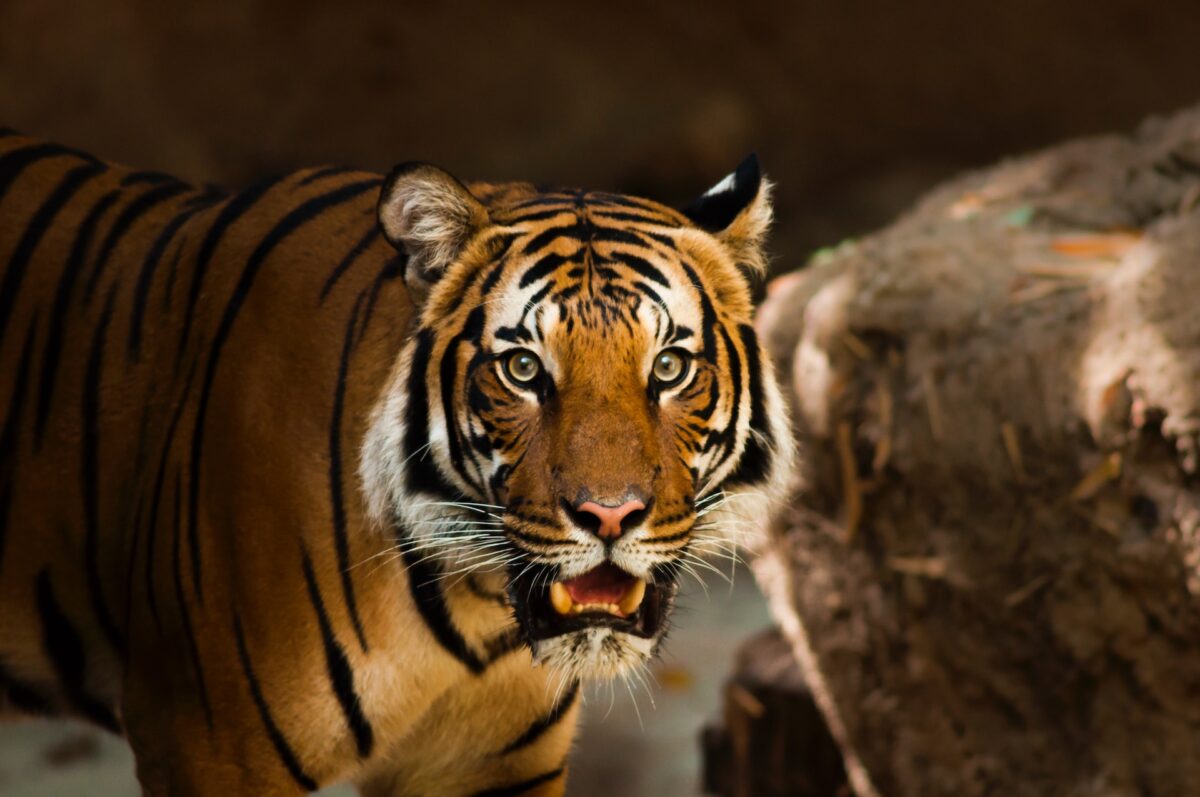There are many organizations working for the betterment of the world. Among such organizations, the World Wildlife Fund is a prominent one that focuses on saving endangered species.
Our top 10 endangered species in the coming year will encompass the highest degree of endangerment – critically endangered. All the species in this list are critically endangered, according to WWF.
There are various levels of endangerment. Just to put this into perspective here are the degrees of endangerment (increasing order). This is in accordance with the IUCN Red List.
- Data Deficient
- Least Concern
- Near Threatened
- Vulnerable
- Endangered
- Critically Endangered
- Extinct in the Wild
- Extinct
Orangutan (Pongo abelii, Pongo pygmaeus)
These primates come from the rainforests of Indonesia and Malaysia. However, now, they are only seen in parts of Borneo and Sumatra.
They are the largest arboreal mammal. Their long and powerful arms help them swing from one branch to another easily. You’ll usually find them on trees.
According to WWF, there are around 104,700 Bornean, 13.846 Sumatran and 800 of Tapanuli left.
African Forest Elephant (Loxodonta cyclotis)
Like many other elephants, African forest elephants have attractive tusks on either side of their faces. This makes them potential targets for poachers who sell tusks as ivory. Illegal hunting for ivory is one of the leading causes of their population decline and is included in our top 10 endangered species.
Of the three elephant species (African bush elephants, African forest elephants, and Asian elephants), African forest elephants have the slowest rate of reproduction. This natural factor also contributes to the population decline of the species.
It is said that if somehow poaching stopped today, it would take 81 years to reverse only 62% of the decline experienced in the last decade.
Sumatran Elephant (Elephas maximus sumatranus)
Around 2,400 to 2,800 of this species remain on the planet (according to WWF). They are one of the three recognized species of Asian elephants.
They survive on a vast majority of plants. Thus, they contribute a lot to the ecosystem. Their habitat is broadleaf moist tropical forest.
These and many other critically endangered species live closely together. They reach a maximum height of up to 3.2 meters and weigh between 2,000 and 4,000 kg.
Yangtze Finless Porpoise (Neophocaena asiaeorientalis ssp. asiaeorientalis)
One of the only Porpoises that live in freshwater, Yangtze Finless Porpoises are found in the Yangtze river in central and eastern China (as the name suggests).
Finless Porpoises require a lot of food and resources to survive. This, and excessive fishing are the two major causes of their population decline.
The species is known for its smile. There are only 1,000 – 1,800 left of this species. These are essential in keeping a balance of the ecosystems.
They eat small fish which would otherwise increase in large quantities and cause problems. Technically speaking, they keep the number of their prey in control.
Sunda Tiger (Panthera tigris sondaica)
Sunda tigers are now only to be found in Sumatra. Though there are strict laws against hunting them in Indonesia, people still manage to get away with them.
Hunting, poaching, and habitat loss are some of the biggest threats faced by Sunda tigers.
They weigh between 75 and 140 kg. As of now, there are less than 400 of these. According to TRAFFIC, 80% of the deaths of Sunda tigers accounted for the illegal trading
Fun fact: 2022 is the Year of the Tiger in the Chinese Lunar calendar.
Sumatran Rhino (Dicerorhinus sumatrensis)
They are the smallest of all living rhinoceros. They are one of the most endangered species on this top 10 list, with the total population being only around 80.
They are found in dense highland and lowland tropical and subtropical forests; they only reside in the Indonesian islands of Sumatra and Borneo
Their height is 1-1.5 meters, and their weight is between 500 and 960 kg. Of all the rhino species, these are the hairiest.
Something interesting about them is that they can consume up to 10% of their body weight of plant matter per day.
Vaquita (Phocoena sinus)
Illegal gillnet fishing is the major threat faced by Vaquita. Vaquita is the world’s rarest mammal. This is the most endangered species on this list.
With the total population of Vaquitas being less than 80, they are among the top species heading towards complete extinction.
Within Mexico’s Gulf of California, illegal gillnet fishing is causing their population to decline rapidly.
Though WWF is making efforts with the Mexican government, it is quite possible that this species will be extinct in the next few decades.
Western Lowland Gorilla (Gorilla gorilla gorilla)
Distinguished by their small size, brown-gray coats and auburn chests, Western Lowland Gorillas are usually found in dense and remote rainforests of Africa. They are the smallest of the four subspecies of gorilla.
Even though originally they were quite in number, the population has declined thanks to poaching and diseases, and is considered to be among the top ten endangered species.
Their exact population is unknown. However, the population is so low that even if all the threats were eliminated, it would take 75 years for the species to recover.
Javan Rhino (Rhinoceros sondaicus)
Of the five rhino species, Javan rhinos are the most endangered with only around 60 members of the species being left.
Now, the population is in Java’s Ujung Kulon National Park. However, previously that was not the case. Vietnam’s last Javan rhino was found shot dead in 2010.
They weigh between 900 and 2,300 kg – which is relatively less weight for a rhino. Males have prominent single horns of up to 10 inches while females either have smaller or no horns.
Saola (Pseudoryx nghetinhensis)
Usually caught in snares for the sake of hunting and illegal wildlife trade, the species is now at risk of endangerment.
Saolas are so rare that they have been categorically documented only four times. It is said that there are less than a thousand of these species (though WWF hasn’t given a number on the population).
Saolas are recognized by their two parallel (twenty-inch-long) horns with sharp ends. They resemble deer.
Ending Note
Apart from these top 10 almost extinct species, many are very close to being extinct while others are expected to be extinct in the coming few decades. If illegal poaching, overfishing, and trade in the black market are not controlled, this will only get worse.
Though many things like human activities and natural factors contribute to their endangerment, mostly it is the poaching and fishing that kill these species. It is our responsibility to inform the relevant authorities if we come across such activities.
Feature image: Unsplash.com










